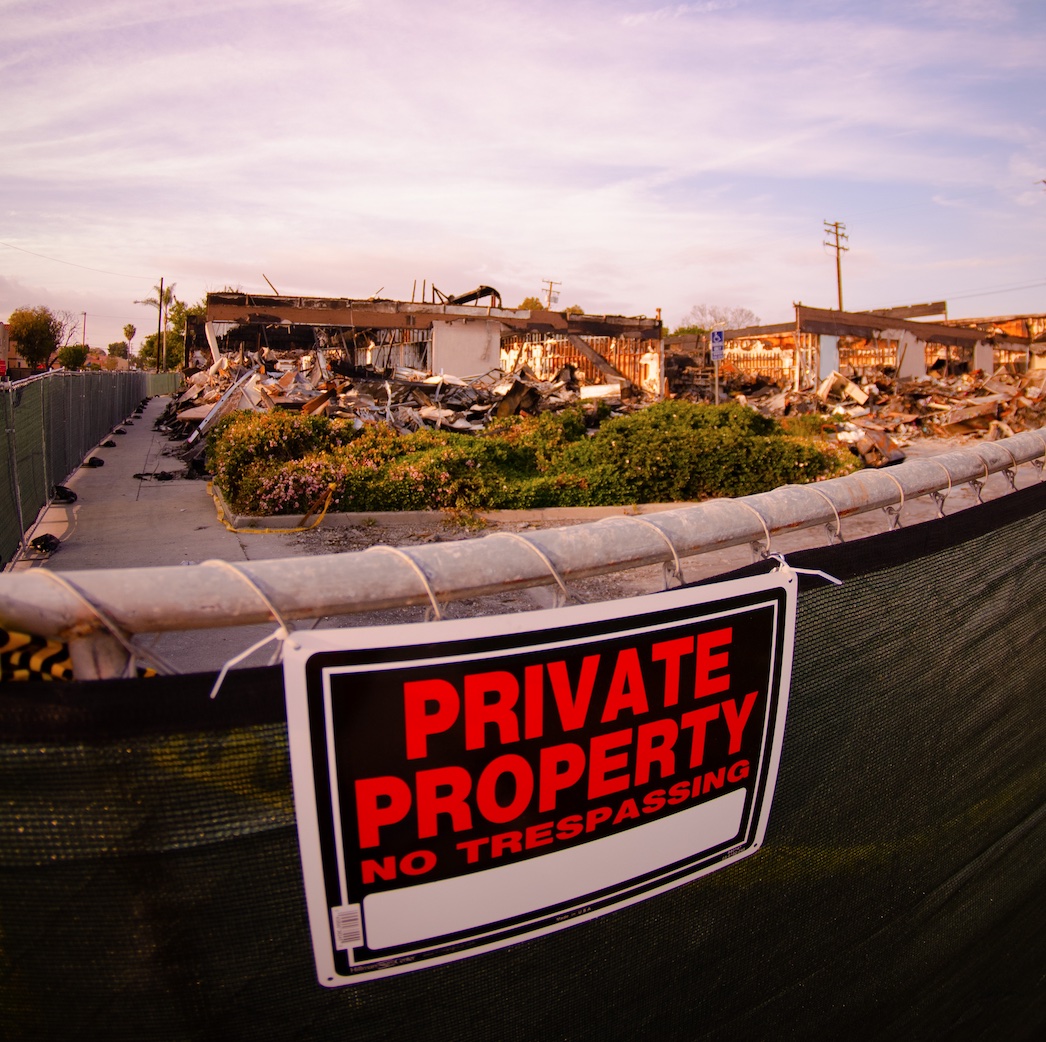While property owners have the right to refuse an offer made to them and can challenge the taking of their property, in practice, stopping the eminent domain process once it has begun is challenging.
Property ownership comes with the expectation of security and control over one’s asset and the land that it sits on. The protection of property rights is also a central principle upheld by the Founding Fathers and one which has been enshrined in the Fifth Amendment to the U.S. Constitution. This amendment states that no person shall be deprived of life, liberty, or property, without due process of law.
While this principle remains true today, the doctrine of eminent domain empowers the state or government to seize private property for public use, compensating the landowner in return. The exercise of this right has significant ramifications for landowners, ranging from tax obligations on payments received, to potential compensation being paid out to tenants whose homes have been displaced as a result of the acquisition of their property.
This article will examine the doctrine of eminent domain in more detail, providing an overview of the process to help landowners gain a better understanding of their rights and navigate the process with confidence.
The Legal Basis
Eminent domain is rooted in the U.S. The Constitution’s Fifth Amendment, and allows the State to legally take landowners’ property for public use, provided ‘just compensation’ is paid to the landowner. Just compensation is typically defined as the property’s fair market value.
Eminent domain grants the state the power to take private property, regardless of the landowner’s consent. In order for states to exercise their rights under the doctrine they must observe the following rules:
- They can only take property for conversion into public use.
- They must pay “just compensation” to the landowner for their loss.
- The doctrine cannot be exercised without due process of law.
If you are a landowner facing eminent domain it is advisable to seek legal advice regarding your situation. To gain clarity on your rights and potential courses of action, contact this experienced eminent domain attorney in Texas who can offer a free case review to assess your specific circumstances and provide valuable guidance.
Eminent Domain Process
“Condemnation” refers to the legal process used by government entities (or condemnor) for taking a landowner’s land through eminent domain.
Notice of Intent
The eminent domain process begins with the government sending the landowner a letter informing them they intend to use the property for a public purpose. Examples of public use include schools, highways, airports, parks, and government facilities.
Appraisal
Here, the condemnor carries out a survey of the land to determine which parts of the land they will need and is required to compensate the landowner for any damage incurred to the property during the process.
Upon completion of the appraisal, the condemnor will make a formal offer to purchase the property from the landowner based on its fair market value. If the offer is accepted, the landowner will receive payment compensating them for their loss, and ownership of the land will be transferred to the condemnor. However, they may also refuse the offer, and negotiations will continue.
Negotiations

While the procedures for eminent domain will vary by jurisdiction, the government or condemnor must make a good-faith effort to negotiate with the landowner. If the landowner refuses the offers, the process may progress to condemnation proceedings.
To ensure they are aware of the full amount they are entitled to for relinquishing their property, landowners should consult an eminent domain attorney who can advise them of their rights and, if required, take over negotiations on their behalf. It is also advisable for the property owner to obtain an independent valuation of their property to ensure the offer they receive is reasonable. The landowner can contest the seizure of their property on various grounds, including:
- The proposed use is not for public purposes
- Compensation is not ‘just’
Both parties will then have to litigate the matter and it will then be up to a court of law to determine the outcome.
Court Proceedings
During court proceedings, both the condemner and the landowner will have the opportunity to present their arguments and put forth evidence regarding the property’s value and its intended use. The court will decide on these matters taking into account expert appraisals and other relevant factors. If the court rules in favor of the condemnor, the landowner will be required to sell their property for the determined amount, and the condemnor will assume ownership.
Endnote
While property owners have the right to refuse an offer made to them and can challenge the taking of their property, in practice, stopping the eminent domain process once it has begun is challenging. As each case is unique, landowners who are subject to eminent domain proceedings should seek advice from a legal expert who can help them understand their rights and secure fair compensation for their loss.


Join the conversation!